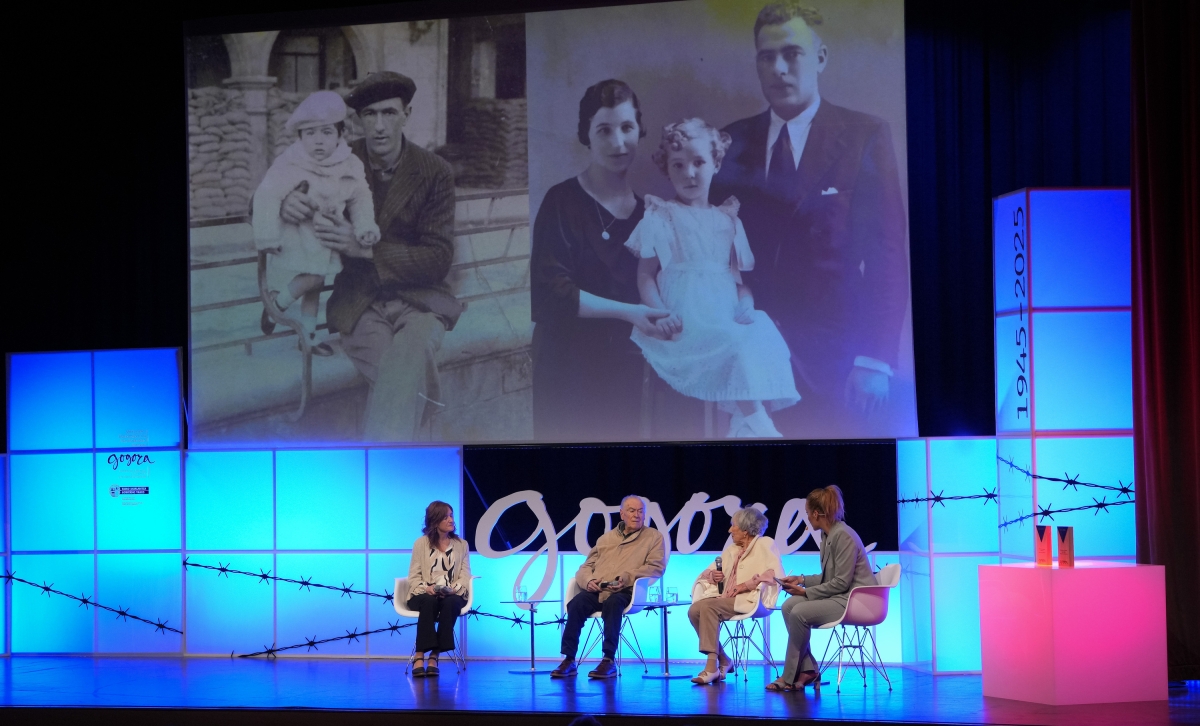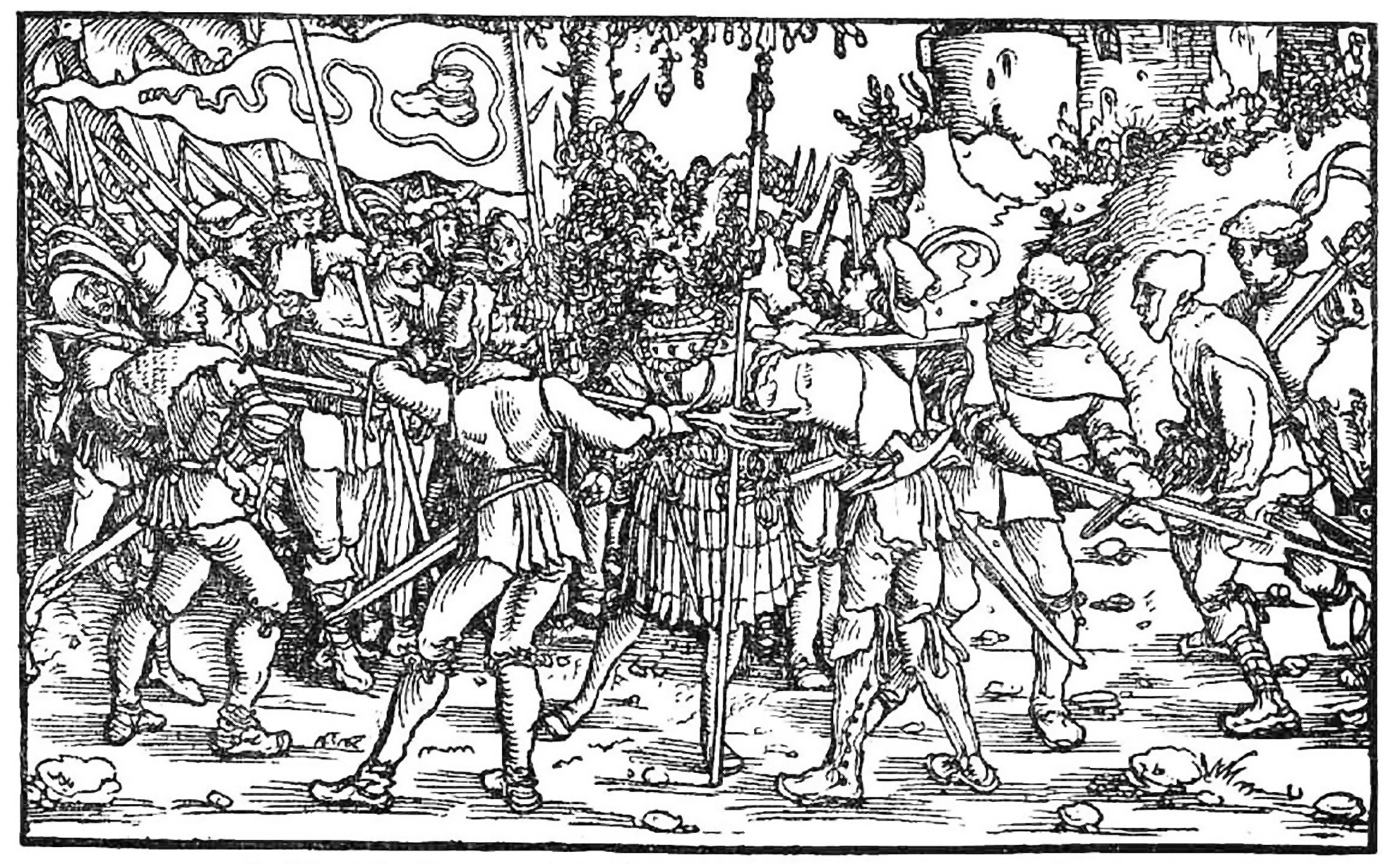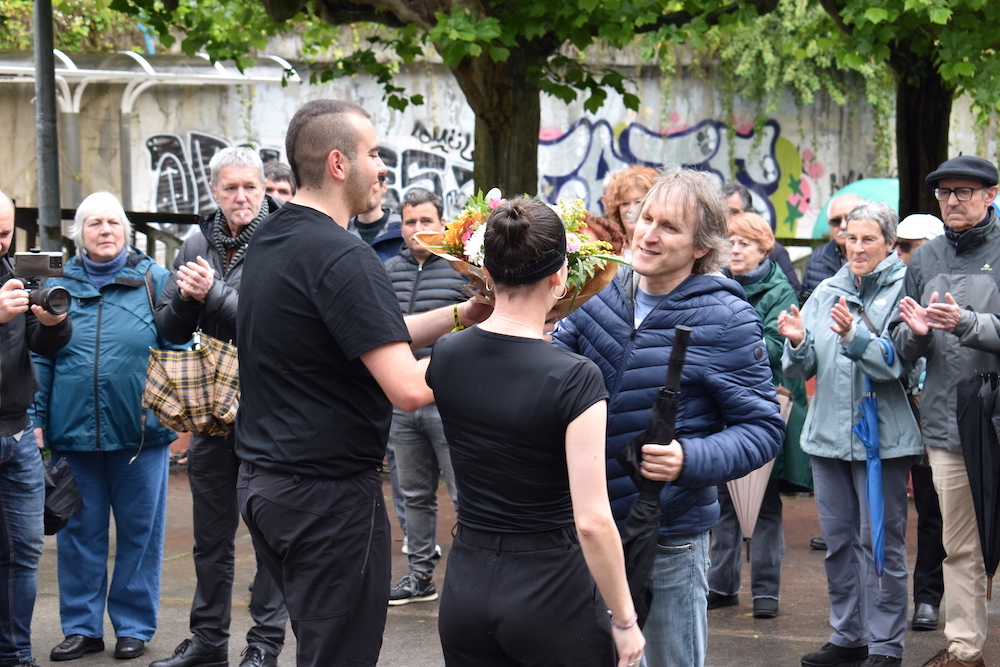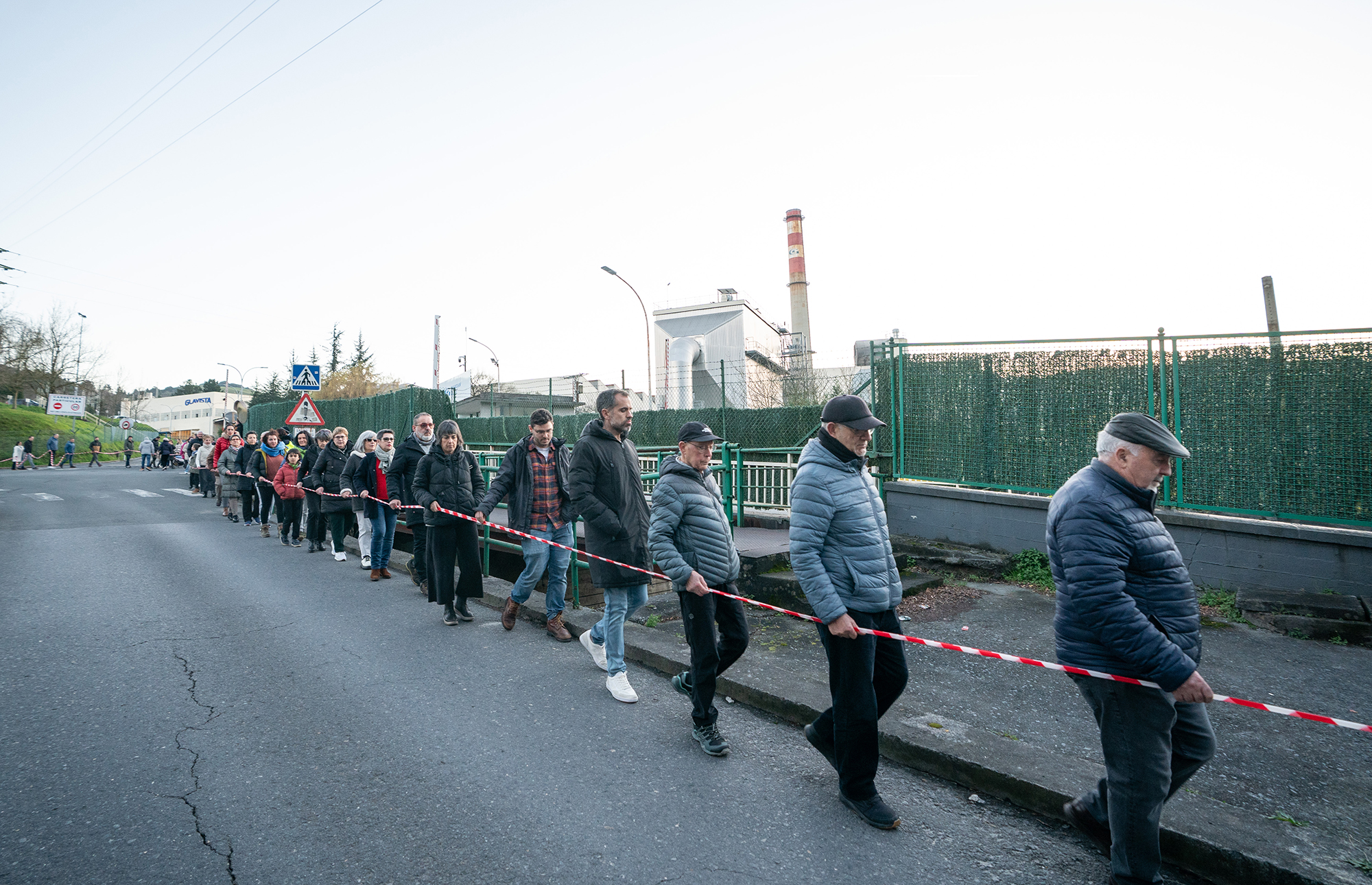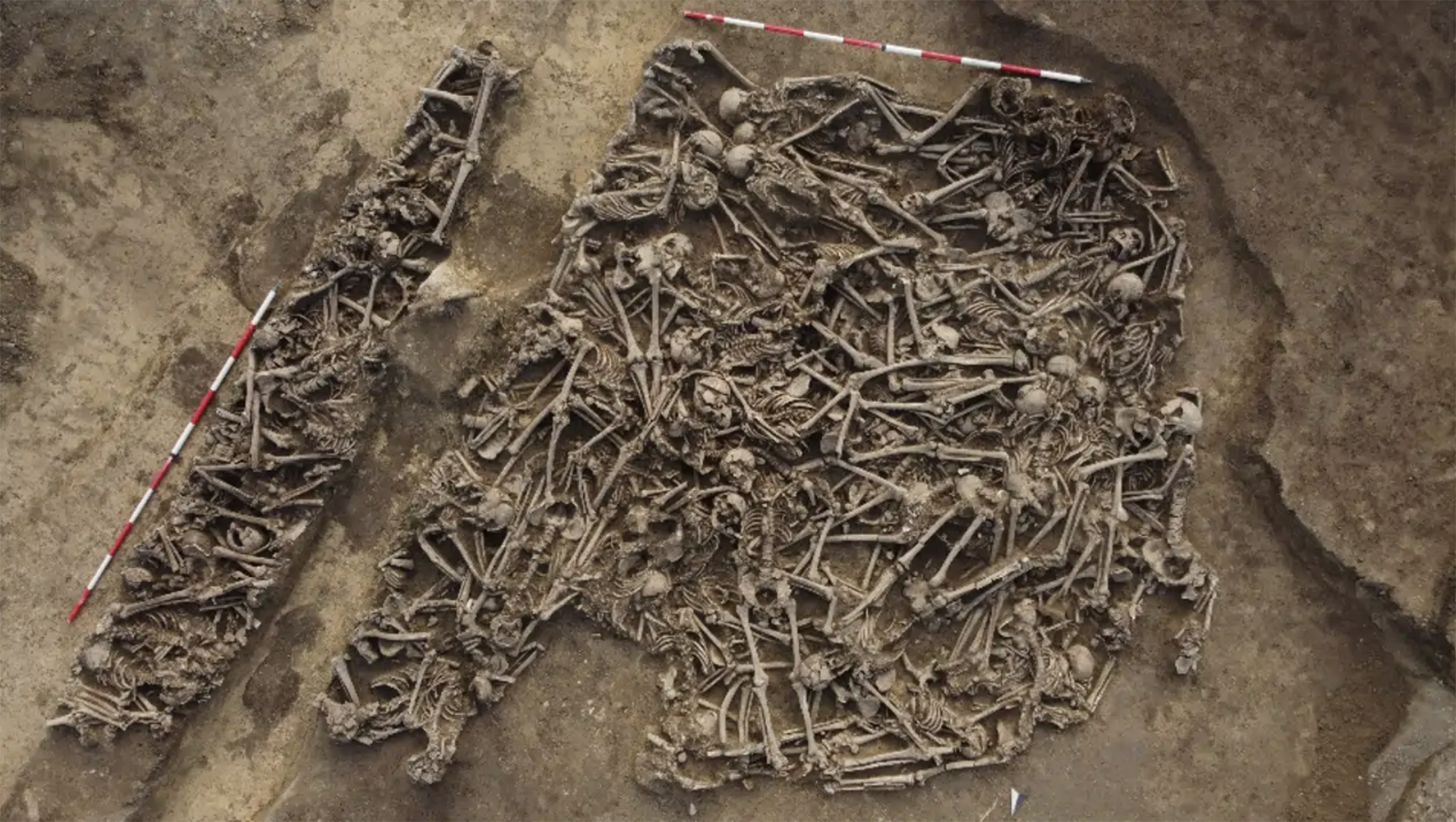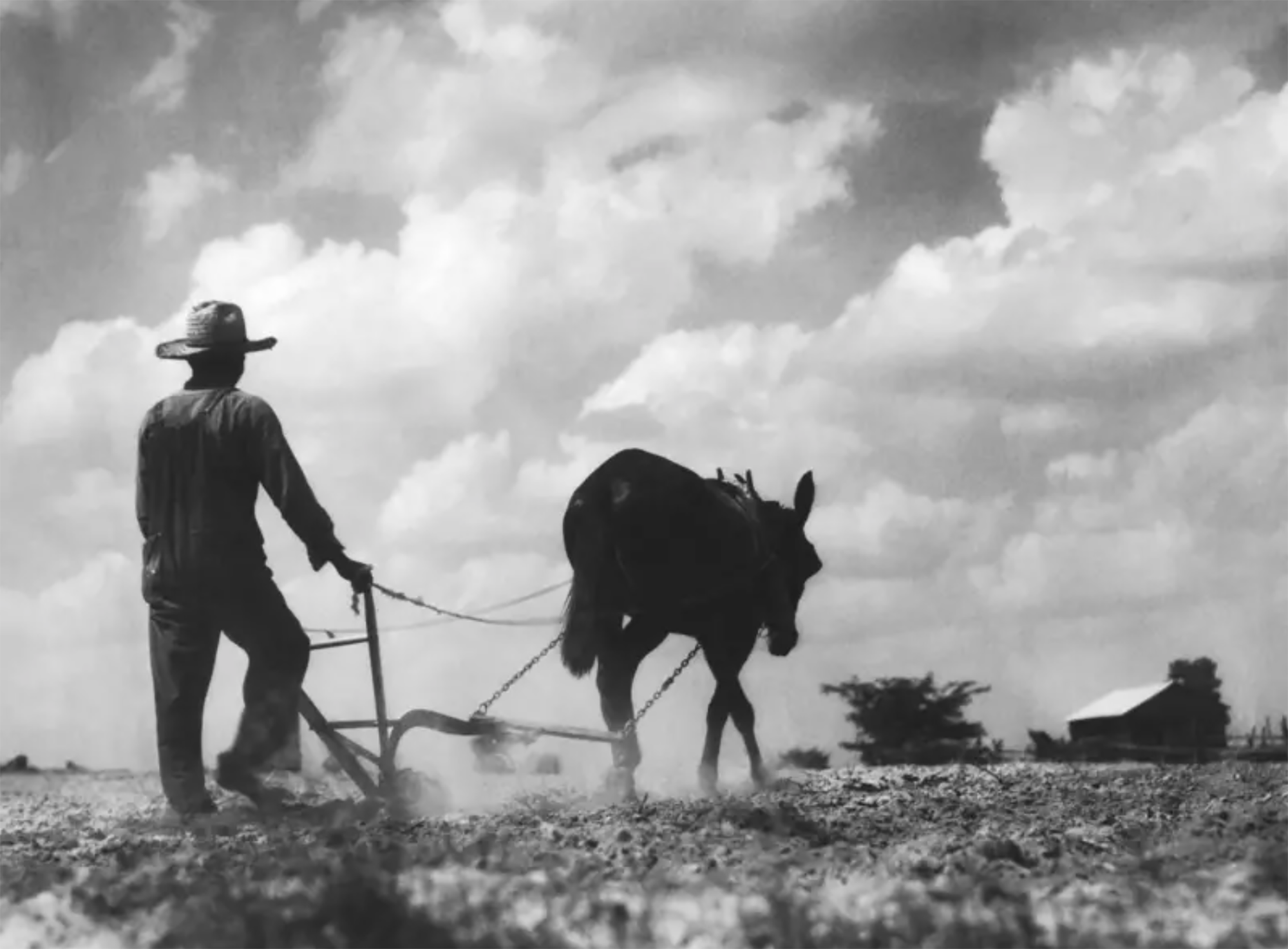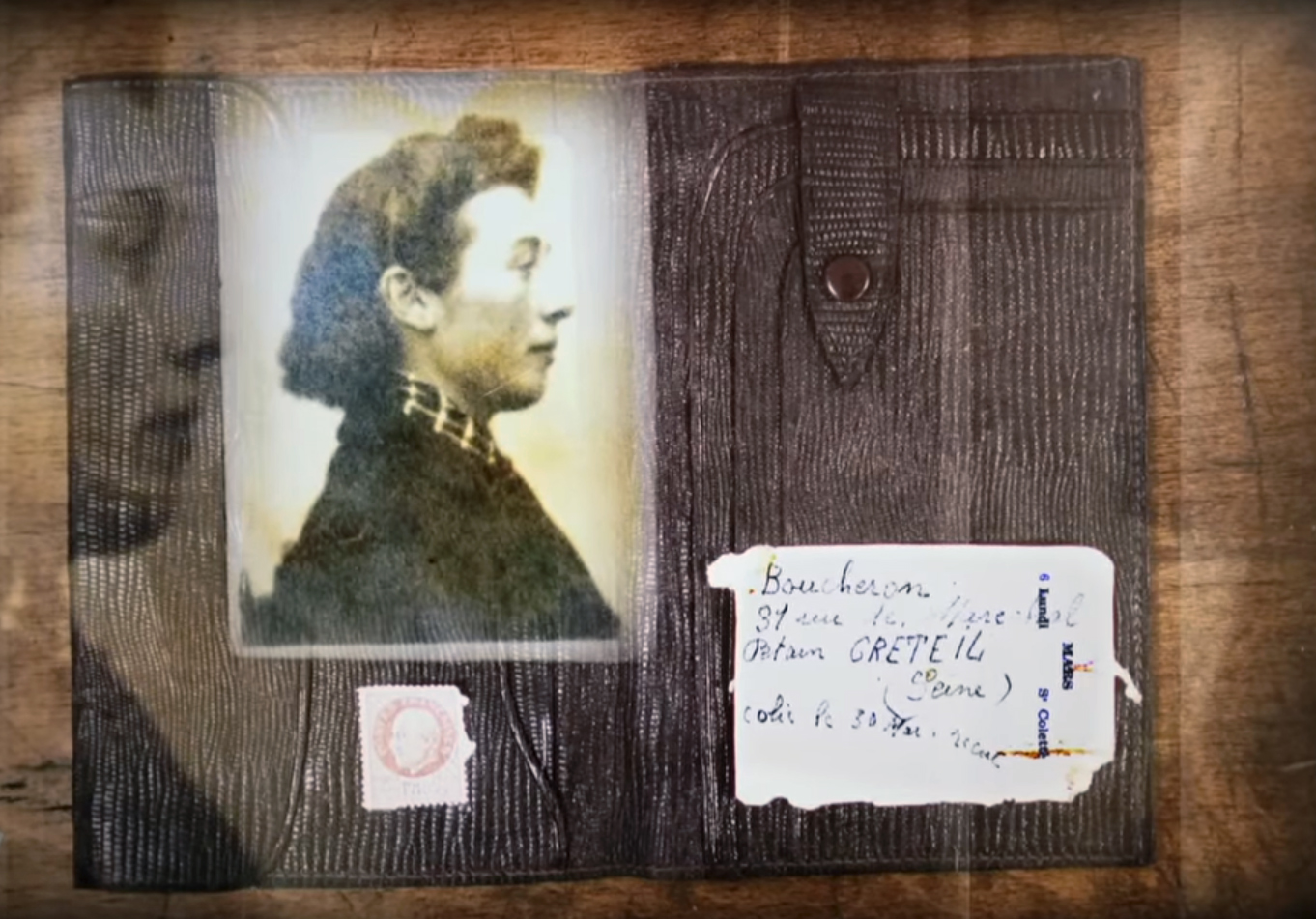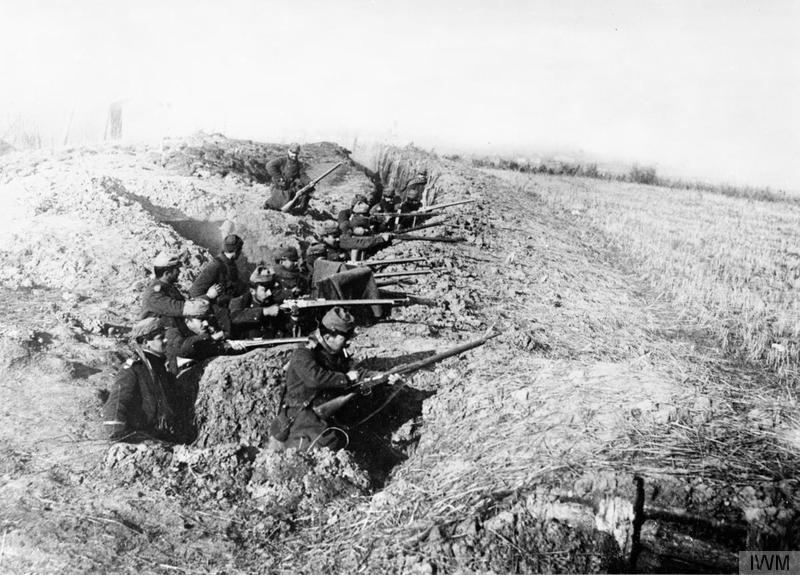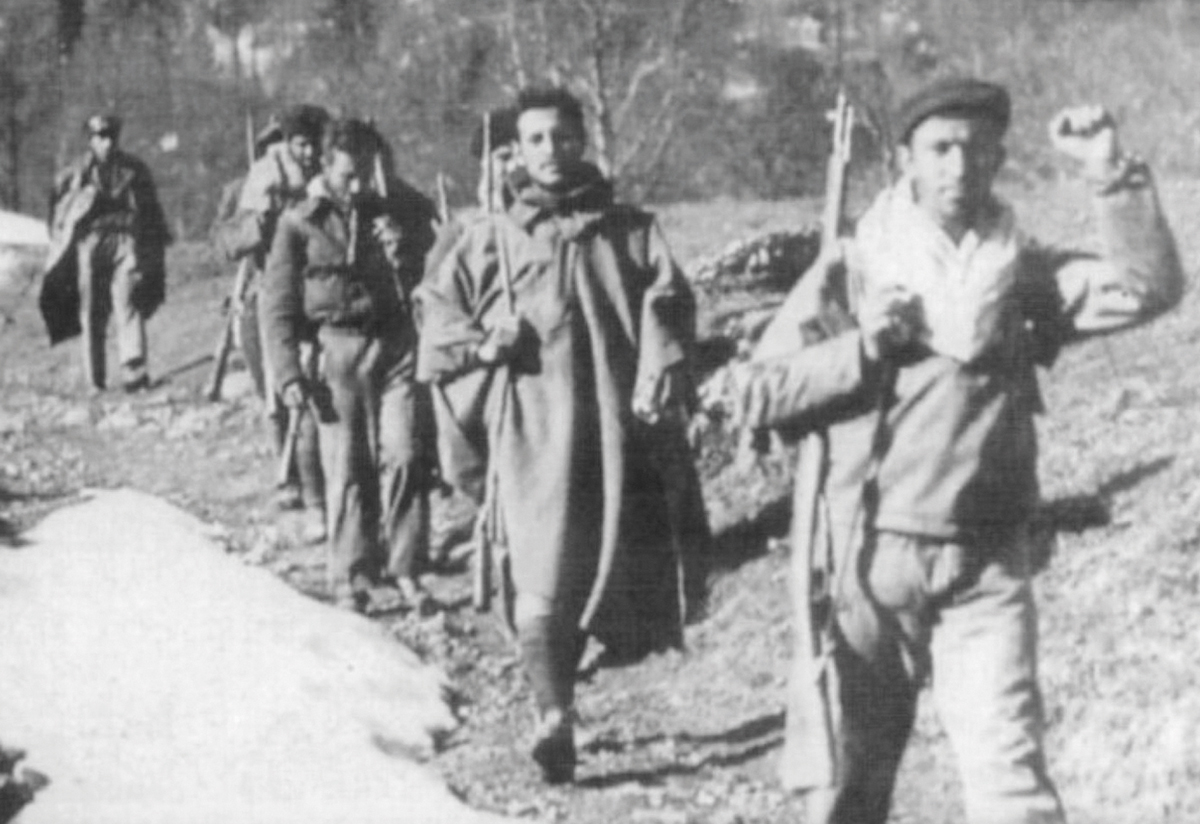Girl, is your gaze gaussa moissa?
- Born 7 November 1496. Noble Renan Arnold Von Harff, born in 1471 at the Castle of Harff in Bedburg, began his pilgrimage. After passing through Rome, Jerusalem, Santiago and other places, three years later he returned home in November 1499.
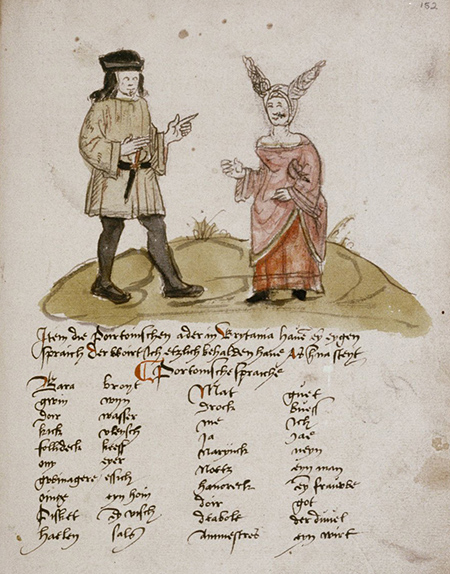
He wrote what he saw and heard during the long journey and published it in 1860 E. von Grootte. He went twice through Euskal Herria. He entered Izura towards Santiago de Compostela and, after passing through Pamplona, Puente la Reina and Viana, crossed the Ebro. Back, from Vitoria-Gasteiz he went to Tolosa through San Adrián, as well as Irún.
As Von Harff himself pointed out, “I decided to make a profitable pilgrimage, tranquilizer and savior of my soul [...] but also to get to know the cities, the countries and the customs of the people”. Some see in the attitude of the travelling pilgrim a reflection of the spiritual rupture between the Lower Middle Ages and the Modern Age.
This playful and practical aspect of the journey is highlighted, among others, in Basque, Breton, Slovenian, Turkish, Hebrew, Arabic, Albanian, Hungarian, Syrian, Amaric and Armenian dictionaries. As in the current travel guides, it took as a counterpart the basic practical words and phrases in these languages. The numbers were one in Basque, bij, yron, lae, boss, see, sespe, tzortzey, wedeatzy and hammer. If you wanted bread, water and wine, you had to ask for bread, oyra and arduwa, and to know the price, ask for schambat.
The main proof of the not so jealous purposes of the pilgrim is the phrase that included in all dictionaries, except that of Armenian: “Beautiful girl, come with me to bed.” The payment in Basque is as follows: schatuwa ne tu so gausa moissa. The experts agree on the meaning of the first words, the schatuwa ne tu ojo would be “the girl, you want”. Julio Urkixo and Justo Garate thought that gausa moissa was “short”, meaning “allude” and that the verb (in this case, for example, “use”) would be in the ellipse. For Koldo Mitxelena, on the contrary, gausa means “at night” or “come on”, and it was not clear what the moses was: To bed? At the same time?
Linguists wondered whether Von Harff had failed to get a schatuwa to give his assent or understand the proposal.
Rudolf Botha hizkuntzalari hegoafrikarrak hipotesi bat bota berri du Homo erectus-i buruz: espezieak ahozko komunikazio moduren bat garatu zuen duela milioi bat urte baino gehiago. Homo sapiens-a da, dakigunez, hitz egiteko gai den espezie bakarra eta, beraz, hortik... [+]
Böblingen, Holy Roman Empire, 12 May 1525. Georg Truchsess von Waldburg overthrew the Württemberg insurgent peasants. Three days later, on 15 May, Philip of Hesse and the Duke of Saxony joined forces to crush the Thuringian rebels in Frankenhausen, killing some 5,000 peasants... [+]
During the renovation of a sports field in the Simmering district of Vienna, a mass grave with 150 bodies was discovered in October 2024. They conclude that they were Roman legionnaires and A.D. They died around 100 years ago. Or rather, they were killed.
The bodies were buried... [+]
Washington, D.C., June 17, 1930. The U.S. Congress passed the Tariff Act. It is also known as the Smoot-Hawley Act because it was promoted by Senator Reed Smoot and Representative Willis Hawley.
The law raised import tax limits for about 900 products by 40% to 60% in order to... [+]
My mother always says: “I never understood why World War I happened. It doesn't make any sense to him. He does not understand why the old European powers were involved in such barbarism and does not get into his head how they were persuaded to kill these young men from Europe,... [+]
Until now we have believed that those in charge of copying books during the Middle Ages and before the printing press was opened were men, specifically monks of monasteries.
But a group of researchers from the University of Bergen, Norway, concludes that women also worked as... [+]
Florentzia, 1886. Carlo Collodi Le avventure de Pinocchio eleberri ezagunaren egileak zera idatzi zuen pizzari buruz: “Labean txigortutako ogi orea, gainean eskura dagoen edozer gauzaz egindako saltsa duena”. Pizza hark “zikinkeria konplexu tankera” zuela... [+]











